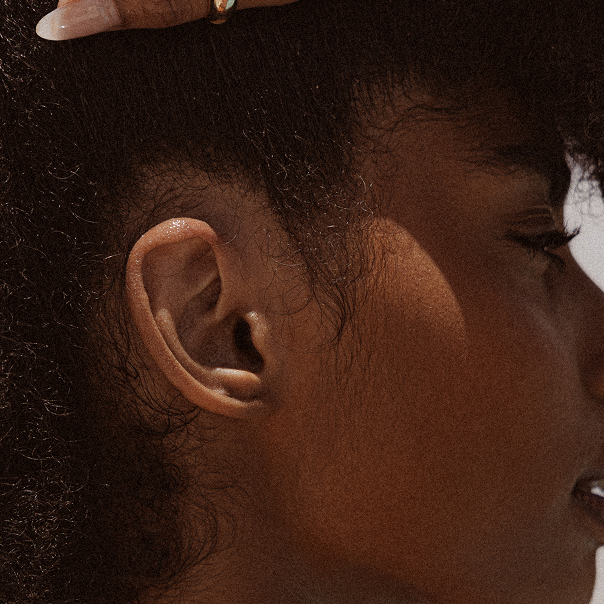
Uneven Skin Tone Is the #1 Sign of Aging in Melanin-Rich Skin — Not Wrinkles
Share
I used to think anti-aging meant chasing wrinkles.
Crow’s feet, laugh lines, the infamous “11s” between the brows — those were the markers of aging we were taught to fear. Every ad, every magazine spread, every product launch told the same story: youth is smooth, age is lined.
But if you have melanin-rich skin like I do, you know that wrinkles aren’t the first change you notice. It’s the spots. The shadows left behind after breakouts. The patches of dullness that don’t bounce back. The uneven tone that lingers long after the moment has passed. And yet, no one was talking about that.
How Aging Really Shows Up in Skin of Color
For skin with more melanin, the traditional story of aging doesn’t apply. Fine lines don’t rush in during your twenties. Instead, pigmentation does. Dark spots after a blemish, discoloration from the sun, shadows from hormonal shifts — they become the first, most visible signs of change.
Dermatological research confirms it: uneven skin tone, not wrinkles, is the number one sign of aging in melanin-rich skin. Hyperpigmentation, post-inflammatory marks, dullness, and sun damage arrive first. Wrinkles? They typically come much later.
That’s because melanin-rich skin is structurally stronger. It tends to be thicker, better at retaining moisture, more resistant to sagging and creasing. But it’s also more reactive. Inflammation, UV exposure, even something as small as a bug bite can leave behind a mark that lingers for weeks, sometimes months. Layer daily stressors like pollution and blue light on top, and those spots deepen over time.
It’s like a lens. When it’s clear, light reflects evenly, and the picture glows. When it’s spotted, light scatters, and the picture dulls. Skin works the same way. Even tone equals radiance. Uneven tone diffuses it.
Why the Industry Doesn’t Talk About It
Because most of beauty still builds for a “universal consumer” — a mythical skin type that doesn’t reflect how melanin behaves. The result? Whole categories of products that miss the mark.
Instead of solutions for hyperpigmentation and uneven tone, the market floods us with wrinkle creams. And when brands do offer brightening, too often they swing in the wrong direction: formulas that underdeliver, formulas that strip and sensitize, formulas that feel harsh instead of indulgent.
For those of us with deeper complexions, it becomes a cycle: irritation triggers more pigmentation, harsh products make it worse, and nothing feels designed with us in mind.
Starting Where Our Skin Starts
That’s why I created DEAU. Not to add more noise to the shelf, but to start from the truth: for melanin-rich skin, the first sign of aging is uneven tone. And if that’s where aging begins, then that’s where formulation should begin too.
We design differently. We design with multi-pathway pigment correctors like tranexamic acid, azelaic acid, and niacinamide that tackle discoloration from every angle. We pair them with barrier-strengthening hydrators so the actives work without irritation. We infuse antioxidants to calm inflammation and defend against the stressors that fuel dullness over time.
And we root it all in Japanese science — precision, elegance, and a deep respect for the skin barrier while expanding the conversation to honor every shade of skin.
Redefining Aging Through Clarity
At DEAU, we don’t believe glow and grace are mutually exclusive. We believe melanin-rich skin deserves formulas that understand its reality not formulas that ignore it, minimize it, or make it worse.
Even skin tone isn’t just an aesthetic. It’s confidence. It’s visibility. It’s being seen in a beauty system that too often erases us. So while the world keeps shouting about fine lines, we’re choosing a different focus. One that starts where our skin starts. One that says glow is power, and clarity is strength.
This is how we redefine aging.

